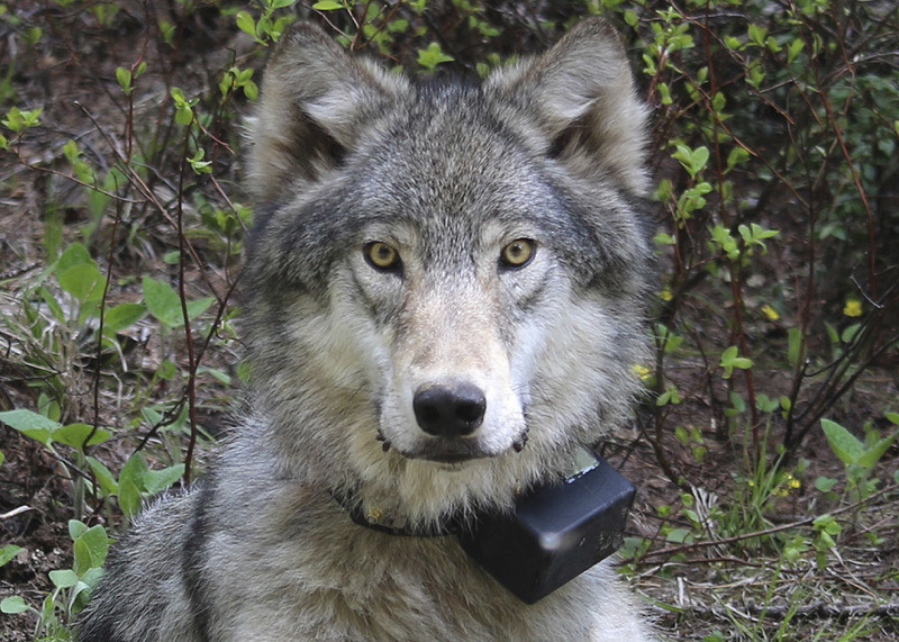SPOKANE — The population of wolves in Washington state grew by 28 percent last year, with at least two new packs, the state Department of Fish and Wildlife said Friday.
At the end of 2016, the state was home to a minimum of 115 wolves, 20 packs and 10 successful breeding pairs. That’s an increase of at least 25 wolves since 2015, despite the confirmed deaths of 14 wolves from various causes.
Those findings draw on information gathered from aerial surveys, remote cameras, wolf tracks and signals from radio-collared wolves, and are considered minimum estimates, the agency said.
“Washington’s wolf population continues to grow at about 30 percent each year,” said Jim Unsworth, director of Fish and Wildlife.
Wolves were all but eliminated from western states in the last century. But the animals started moving back into Washington from neighboring areas shortly after the turn of this century, sparking some conflicts with ranchers.
Gray wolves are listed under state law as endangered throughout Washington. In the western two-thirds of the state, they are also protected under the federal Endangered Species Act.
All of the documented wolf packs are east of the Cascade Range, with 15 of the 20 packs located in a four-county area in the northeast corner of the state. That is also where most conflicts with livestock have occurred.
The two new packs confirmed last year are the Sherman pack, in northeastern Washington, and the Touchet pack, east of Walla Walla, the agency said.
Unsworth said the concentration of wolves in northeastern Washington “underscores the importance of collaborating with livestock producers and local residents to prevent conflict between wolves and domestic animals.”
There were no conflicts with livestock documented for 16 of the 20 wolf packs, the agency said. Four packs and one lone wolf were involved in the death of a cow or calf last year, the agency said.
The largest losses were inflicted by the Profanity Peak pack, which killed or injured at least 10 cattle grazing in the Colville National Forest. The agency killed seven members of the pack last year, prompting protests from conservation groups.
Seven other wolves were also known to have died last year, the agency said.
“We know that some level of conflict is inevitable between wolves and livestock sharing the landscape,” said Donny Mortorello, wolf manager for the agency.
Environmental groups were pleased by the growth in the wolf population.
“It’s great news that wolves have continued to recover, but we still have a long way to go,” said Amaroq Weiss of the Center for Biological Diversity. Wolves need continued federal and state protection, she said.



